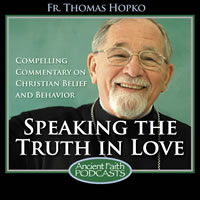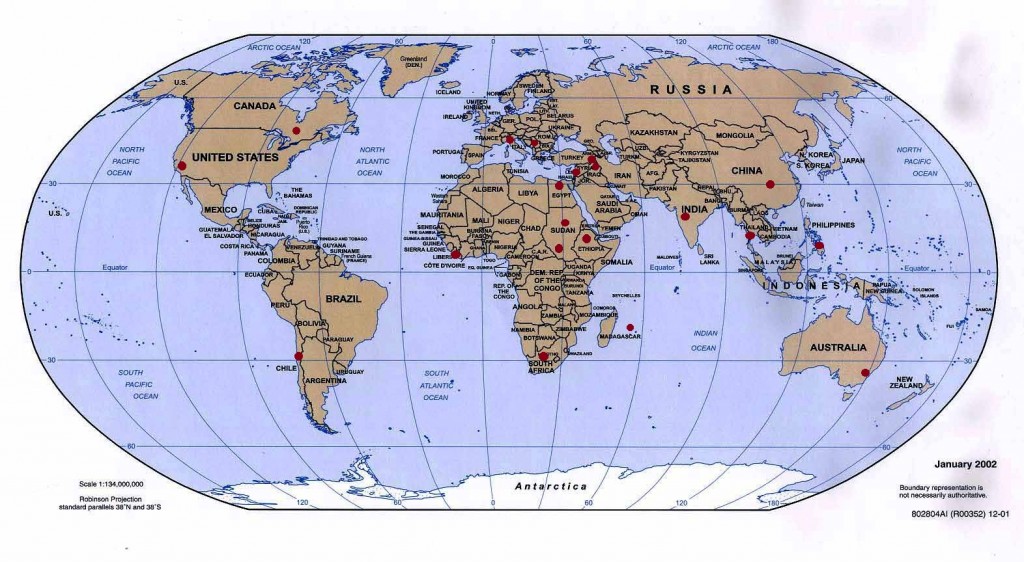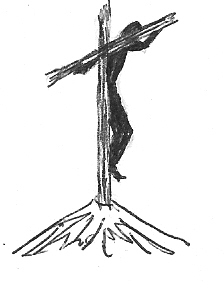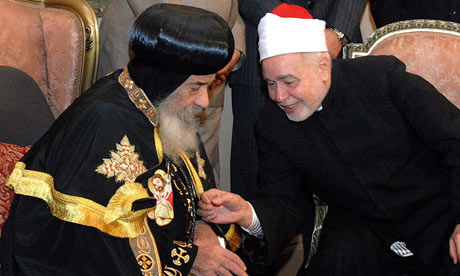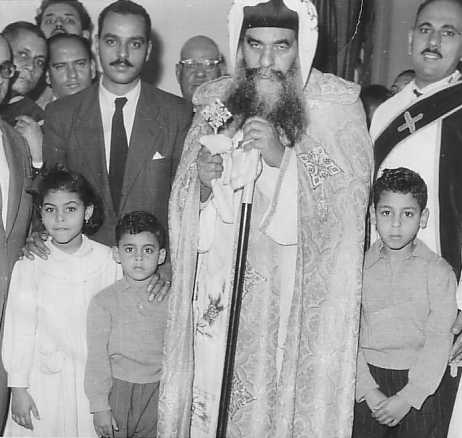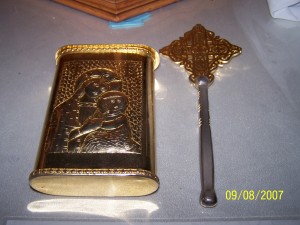Today, a more serious subject than is usual for this blog.
There have been a number of reports in the international media recently about the increasingly numerous allegations of paedophile Catholic priests that are surfacing. These allegations are threatening to implicate even Pope Benedict in cover ups from the 1980s.
The sin of sexual abuse is horrible enough as it is. Suffice to say that our Lord’s words seal the fate of those who perpetrated these atrocities:
“Whoever causes one of these little ones who believe in Me to sin, it would be better for him if a millstone were hung around his neck, and he were drowned in the depth of the sea.” Matthew 18:6.
I was deeply disturbed on recently reading Dirty Work by former Detective Glen McNamara. In it he outlines the corruption that was endemic in the police force in the Sydney Kings Cross area in the 1980s and 90s. One of the more disturbing revelations he makes in the book is that of a network of police, judges, lawyers and prominent businessmen who form a powerful paedophile ring that systematically abuses children and protects its member from the law and from exposure with a ruthless efficiency. The chilling thing was that this was not a fictional novel, but a chronicle of real life that apparently is still happening today. No wonder parents are over-protective of their children!
To learn that such things happen in the world is bad enough. To learn that they happen within a Christian Church, which should be protecting little children, is nothing short of devastating.
We shouldn’t go overboard here – it is, after all a very emotional subject. No doubt, the paedophile is in one sense a sinner as all of us are sinners, and as such, deserves compassion and pity. But this particular sin is one with awful consequences for the innocent and vulnerable victims who cannot protect themselves. I have, sadly, had to counsel victims of child abuse a number of times (yes, it does happen in our community) and have been shocked at the far-reaching effects these victims have experienced, well into their adult life.
In Christianity, mercy is reserved for those who repent. Sadly, many paedophiles seem to have accepted their sin and show little sign of repentance. Would not a repentant Catholic priest have voluntarily removed himself from contact with children, perhaps even left the priesthood altogether? Perhaps this did indeed happen with some, and of course we hear nothing about that person now because he stopped anything from happening in the first place. But the ones we hear about are those who insisted on continuing in their service, dealing with children, knowing full well the temptation that represented for them. Often they consciously plotted with the greatest of care and created situations that allowed them to abuse children. Their actions are unforgiveable, for they prove that there is no repentance in their hearts.
But even more shocking to me is the silence of Catholic Church authorities when they learned of these paedophile priests. Rather than defrocking the perpetrators or at least confining them away from the public, they were simply shuffled from parish to parish, in the vain hope, perhaps, that a transfer would be enough to stop them offending again? Where is the logic in that? The more I hear of the details about how these horrible crimes were hushed up and left unresolved, the more angry and frustrated do I become. It is dangerous to prejudge things, but there seem to have been enough cases that have been tested in the courts to show an unmistakeable pattern of the Catholic Church putting its reputation above its values.
This got me thinking: how could this happen? What was so wrong in the whole Roman Catholic Church system that could have led not just one or two Church leaders to cover up for paedophile priests, but apparently to have become the system-wide policy? I find this frightening. And saddening, for there is a great deal to respect in the Roman Catholic Church, such as its apostolicity, its sacraments, its tradition and its strong commitment to practical Christianity and charity through arms like the St Vincent de Paul Society. All the Catholics I have met personally have been wonderful ambassadors for Christ. How utterly unfair it is to have a small section of the Church so terribly tarnish what is otherwise a beautiful expression of Christianity!
I do not wish to judge another Church here. But for the grace of God, there go I. But certainly, we are so blessed in our Church to have two major factors that prevent these kinds of crimes among the priesthood.
The first is that our priests, with a few notable exceptions, are married and have families of their own. This allows the priest to live the natural family life and to have personal experience of parenthood. I cannot imagine any sane parent, who has seen how innocent and vulnerable childhood is, not being enraged by paedophilia.
The second is the fact that no one chooses the priesthood for himself in our Church. This is in obedience to Hebrews 5:4: “And no man takes this honour to himself, but he who is called by God, just as Aaron was”. His Holiness Pope Shenouda often summarises this policy by remarking upon his dilemma in finding suitable parish priests: “those who are fit for the priesthood do not want to be priests, and those who want to be priests are not fit for the priesthood”.
There is little doubt that some of the Catholic paedophile priests chose the path of priesthood because of their predilection for paedophilia, because it offered an ideal setup for them to satisfy their lusts. The priest is trusted and respected in the community; he is trusted to take people’s children on trips; and if ever he is found out (so they would think) the whole authority of the Church will protect him because it has a vested interest in protecting its own reputation.
In the Coptic Church, such a person would never even be considered for the priesthood. The nomination comes usually from the people, people who have lived with the person and his family, who have seen him in a wide variety of situations and gotten to know his character very well. The same is true of the monks who are sent out to serve in parishes, although in this case, their character is stringently tested in their monastery by the whole monastic community, and by an experienced spiritual Father. The least hint of a man manoeuvring to be ordained usually starts the alarm bells ringing and disqualifies that man from ordination.
That said, I believe that one of the lessons we the Coptic Church need to learn from this whole horrible matter is that our Christian values and principles MUST always come before the good of the Church as a mere institution. What good is a Church with an excellent reputation but that is filled with dark evil corruption inside? Where has the Church’s commitment to Truth gone? Will people really respect a Church that covers up its faults more than a Church that is up front and open about its faults? And which is more likely to result in people getting to be close to God and entering the kingdom of heaven; covering up our faults and pretending they don’t exist, or honestly acknowledging them and working together to repent from them?
And we need to be diligent in praying for our Church and for its leaders. The devil prowls around us like a roaring lion, seeking whom to devour…
Fr Ant

